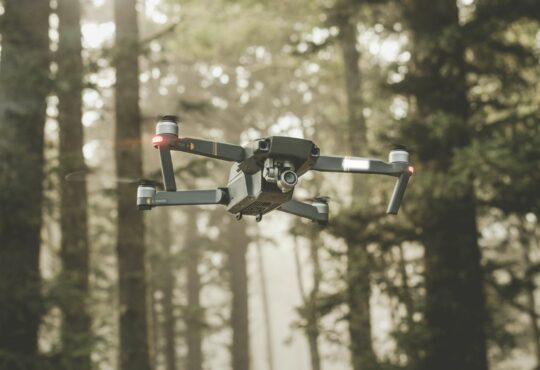Are you trying to find the most rugged computer you can get your hands on? Every manufacturer will tell you how tough their product is, so you are going to need a way to compare them by yourself. To figure out how much of a beating a device can take and what kind of conditions it can handle there are two things you need to be aware of; IP rating and MIL-STD-810.
IP-rating is fairly easy; it deals with dust and water and the higher the number, the better the protection is. If you want a deep dive into IP rating, you can find one here. MIL-STD-810 is a bit more complicated. In fact, it’s not one test, it’s several.
What is MIL-STD-810?
MIL-STD is a series of U.S military standards that was first launched in 1945. It’s now maintained and continuously updated by the U.S Army, Navy and Air Force. MIL-STD-810 deals with the standard requirements and testing for harsh environmental conditions. It addresses a wide range of conditions like temperature, altitude and shock resistance.
The latest revision, called MIL-STD-810H was published in January 2019 and is more than 1000 pages long. Luckily, you do not have to go through the entire document to figure out if a device is tough or not. Leave the reading to the manufacturers and the laboratories that perform the tests.
So, if a company wants to deliver products to the U.S Army it has to be tested according to the standard and live up to them. The tough requirements of the MIL-STD-810 have, over time, been adopted by companies that operate outside of the defense industry as well. Obviously, this is a good thing for the buyer but there is however a catch. These tests are not verified by the government.
If the product is not used by the Army, Navy, or Air Force they do not take part in any tests or results. This means that the manufacturer can tweak the tests to fit the products and choose which parts they live up to. As a buyer, it’s important to verify that the tests have been performed by an independent laboratory.
MIL-STD-810 product testing
As we mentioned in the introduction, MIL-STD-810 covers several tests and few devices are going to live up to every single one of them. This is simply because all of the tests will not be relevant for every single device. Consider which ones will be relevant for your industry and then check in with the manufacturer.
Not all use-cases will require the rugged computer to be able to deal with pyroshocks or high altitudes but there are a couple of tests that you should keep in mind. Every rugged computer should be properly drop-tested. You should also consider what temperature ranges they can deal with and if they are vibration tested.
Below is the complete list of all tests included in the MIL-STD-810H standard:
- Test Method 500.6 Low Pressure (Altitude)
- Test Method 501.6 High Temperature
- Test Method 502.6 Low Temperature
- Test Method 503.6 Temperature Shock
- Test Method 504.2 Contamination by Fluids
- Test Method 505.6 Solar Radiation (Sunshine)
- Test Method 506.6 Rain
- Test Method 507.6 Humidity
- Test Method 508.7 Fungus
- Test Method 509.6 Salt Fog
- Test Method 510.6 Sand and Dust
- Test Method 511.6 Explosive Atmosphere
- Test Method 512.5 Immersion
- Test Method 513.7 Acceleration
- Test Method 514.7 Vibration
- Test Method 515.7 Acoustic Noise
- Test Method 516.7 Shock
- Test Method 517.2 Pyroshock
- Test Method 518.2 Acidic Atmosphere
- Test Method 519.7 Gunfire Shock
- Test Method 520.4 Temperature, Humidity, Vibration, and Altitude
- Test Method 521.4 Icing/Freezing Rain
- Test Method 522.2 Ballistic Shock
- Test Method 523.4 Vibro-Acoustic/Temperature
- Test Method 524.1 Freeze / Thaw
- Test Method 525.1 Time Waveform Replication
- Test Method 526.1 Rail Impact
- Test Method 527.1 Multi-Exciter
- Test Method 528.1 Mechanical Vibrations of Shipboard Equipment
Summarising the military standard
Before choosing a rugged handheld device make a list of all environmental conditions it will have to deal with. Then check in with the manufacturers to see if they tested their devices for the relevant MIL-STD-810 test. You also want to make sure that the tests have been performed by an independent laboratory. A properly tested device is going to guarantee you better durability.





